What are the main barriers to good UX today?
7 things holding back UX in 2018 – and how to overcome them.
User experience is now considered a vital, standalone discipline within web design. And with 'UX designer' fully established as a job title, and specialists still in high demand, our user experiences should be better than ever.
However, as demands change and expectations rise, there are still issues facing the discipline. We asked web professionals what barriers they felt were holding us back from creating great user experiences today.
01. Too many smart devices
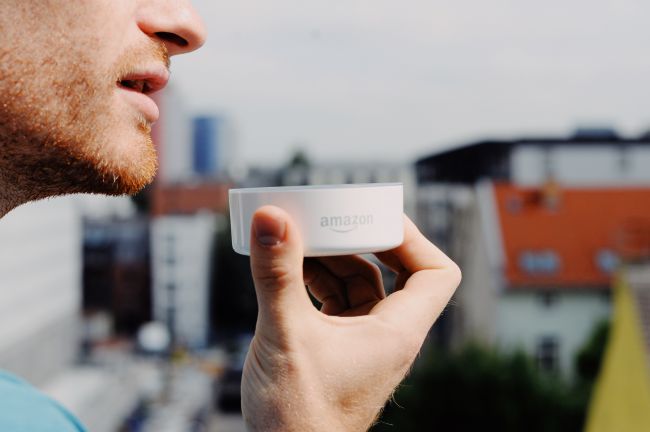
James Davis, the head of UX at Verv, argues that the biggest challenge and stumbling block in modern UX comes from the rise in connected devices. "The growing number of smart devices is pushing the UX industry to create more dynamic and continuous digital experiences. Think booking a taxi through Uber using Alexa and checking your phone to see when it arrives," he explains.
"This year will see us moving towards omni-channel UX. Creating a seamless user experience, where users can transition their brand interactions smoothly between devices, will be a tough but exciting."
02. Lack of diversity in the industry

The lack of diversity within the web industry is damaging our UX design, says experience design strategist Rochelle Dancel. "It’s not a ‘nice to have’, it’s a business imperative, especially if we want products and services that reach – and work for – audiences at scale," she assets. "Ensuring that we have designers, researchers and strategists who are reflective of diverse users is also especially important in a design culture that seeks to get that MVP out as quickly as possible."
Dancel points out that with the rise of AI, the issue of diversity is becoming even more important. "Ensuring a diverse set of perspectives is proactively engaged in the design process is crucial (and more of a challenge) as we increasingly develop products and services with AI and automation to reflect and shape the world around us."
03. Disregard for mobile-first (still)

While the benefits of designing mobile-first are well documented, many web pros are still ignoring this approach. "Mobile users have already surpassed the number of people using the web from larger screens, but the digital world has yet to catch up," says UX designer Stacey K Flatt. "A site that is not responsive will lose visitors."
04. Lack of inquisitiveness

Barry Woodhall, a director at Moken, believes that the main barrier holding us back is a lack of inquisitiveness for the brief. "In the field of user experience, there’s more than one route to success, and in 2018 we expect no different, with user data still informing on solid design decisions," he explains.
"One exciting barrier (or opportunity, perhaps) will be the continuing rise of artificial intelligence and the consideration of AI-powered platforms during the early UX research and planning stages of projects."
05. A need to scale up
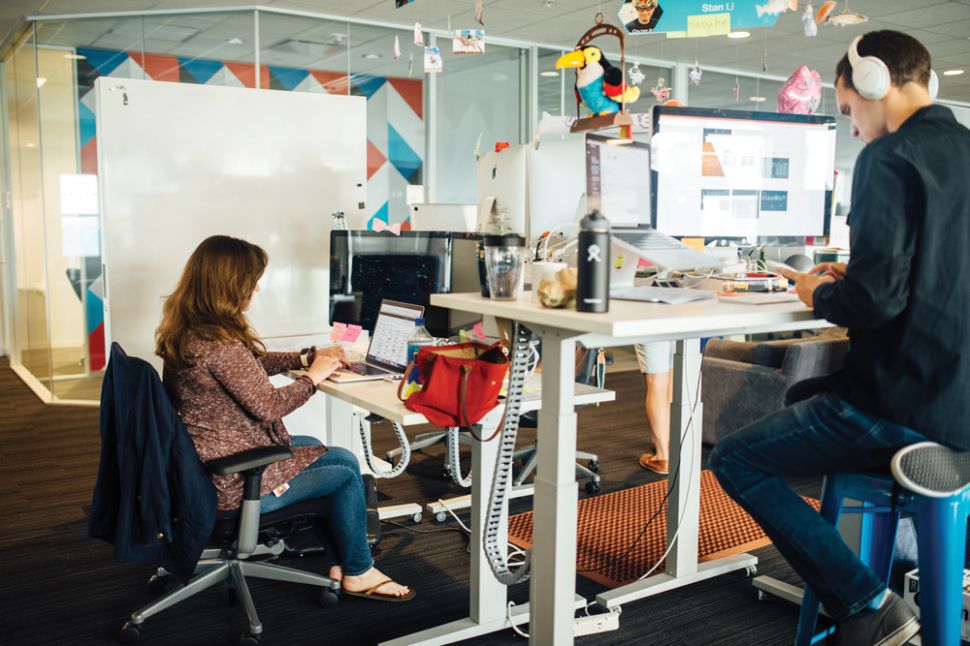
As more and more large companies embrace design thinking, challenges are arising as to scale up the design culture and processes.
"They need to support multiple teams and platform experiences, rather than single app experiences, while also looking to maintain the same level of quality and design consistency," comments Mendix Technology's Christopher J Hodges. "The challenge is only made bigger given the shortage of UX resources for many large organisations: they tend to hire more developers than designers, with on average just one designer for every 17 developers."
06. More demanding users
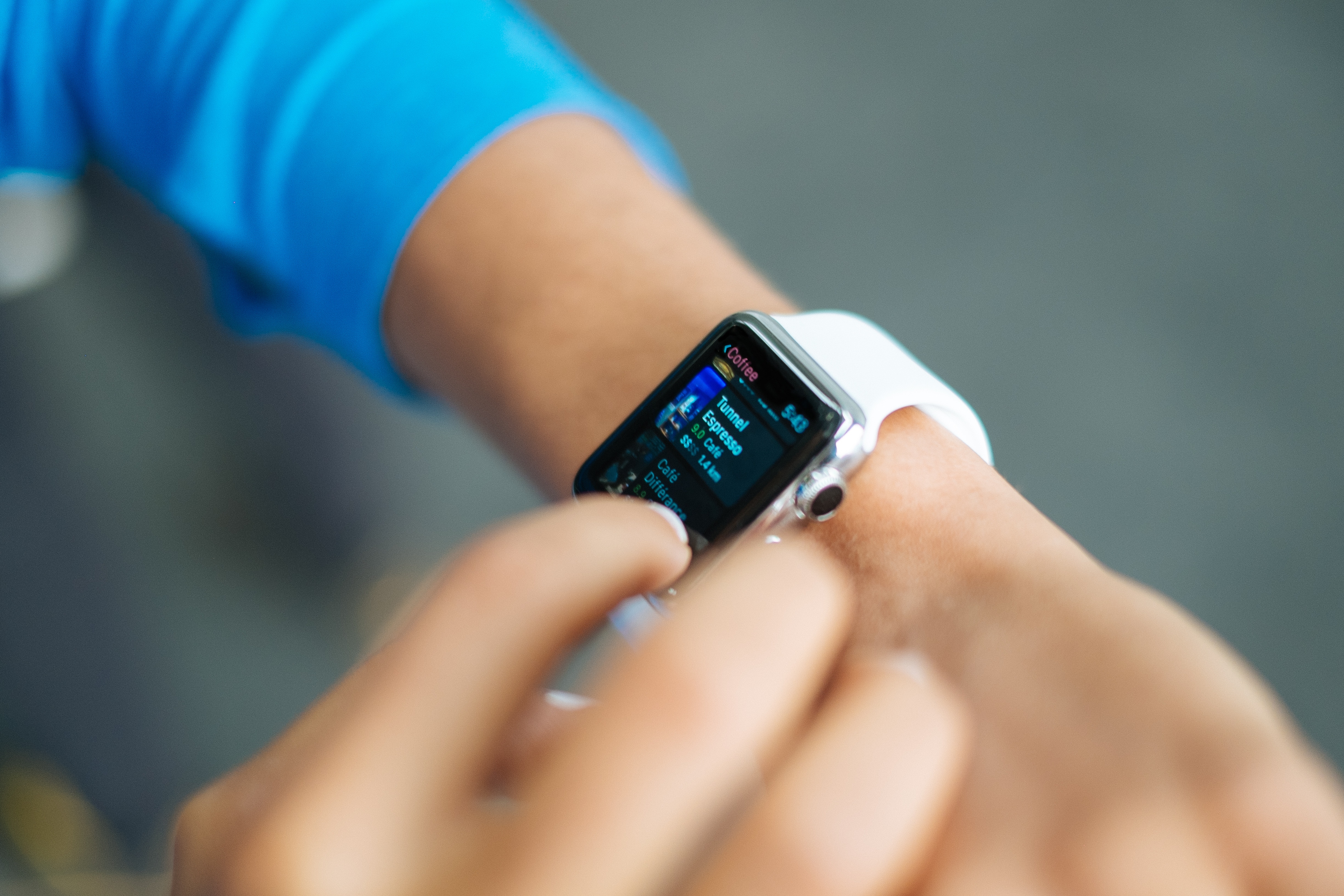
"The biggest challenge is also the most exciting opportunity for learning: users are busy and we need to display the information they need, right away," explains UX designer Juliette Pretot. "New devices such as smart speakers, watches and cars each introduce their own constraints. You can’t glance over information presented through a speaker. You can only lift up your wrist for so long before your arm gets tired. Our UIs needs to scale across all platforms. To do this, they will have to be context aware and personal."
While figuring out how to meet these demands is a challenge, Pretot is confident it will pay off. "Adjusting to those new constraints won’t be easy, but will lead to better UX everywhere, not only for your smart speaker, but for your phone and computer, too."
07. Bad designers
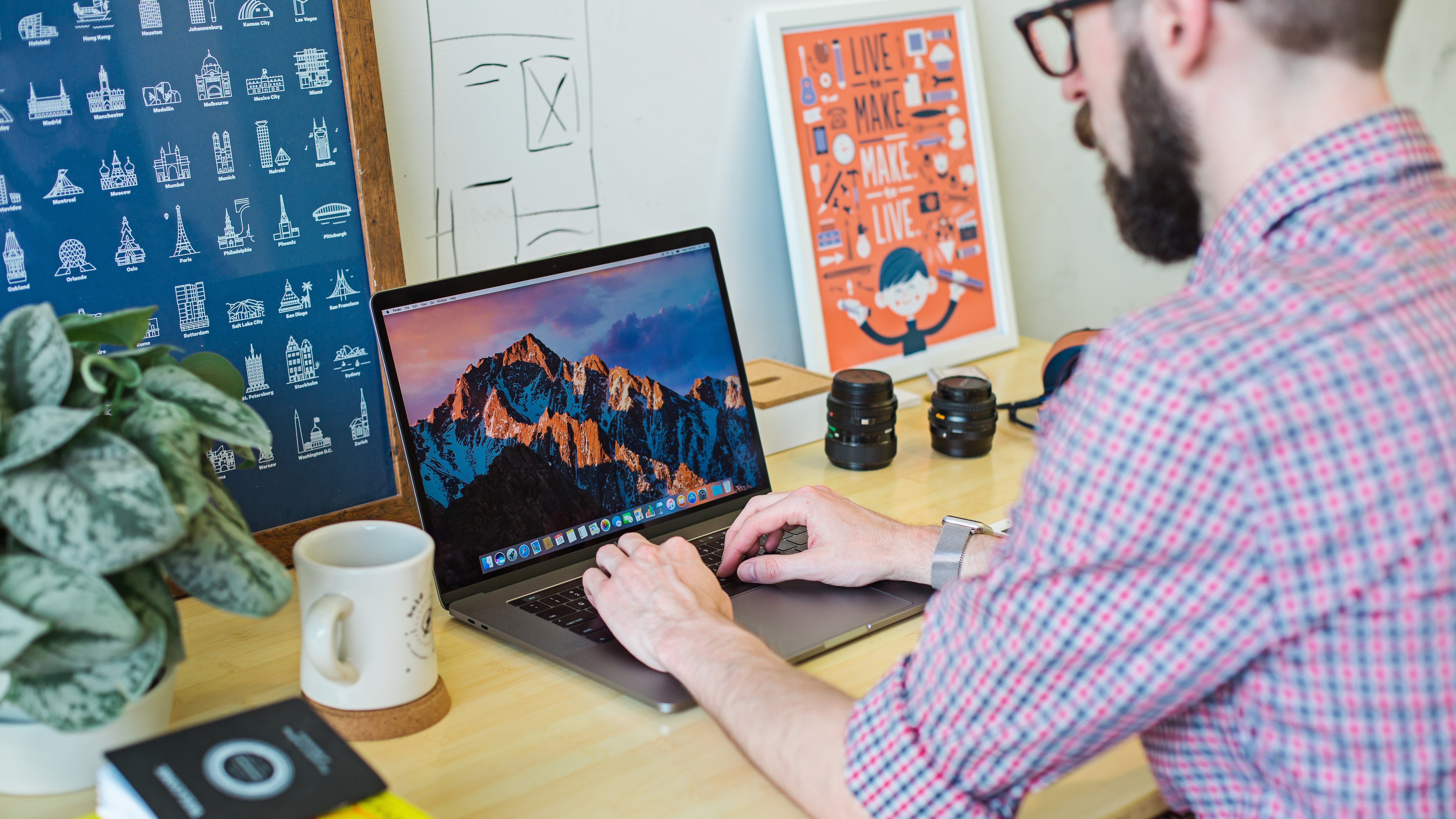
We can blame circumstances and new technologies as much as we like, but for Prodlytic co-founder Will Grant, there's only one reason for bad UX: bad UX designers.
"Somewhere along the way, many UX people forgot that design – UI design in particular – isn’t art, it’s design to perform a function: to serve users," he says. "Too many designers are slavishly following the latest design trend, applying ‘flat design’ to every app, or trying to be different for the sake of it, with custom-designed interfaces and arbitrary visual metaphors."
His solution is simple, too: try and be objective, fight for the user, and test with real users as you go.
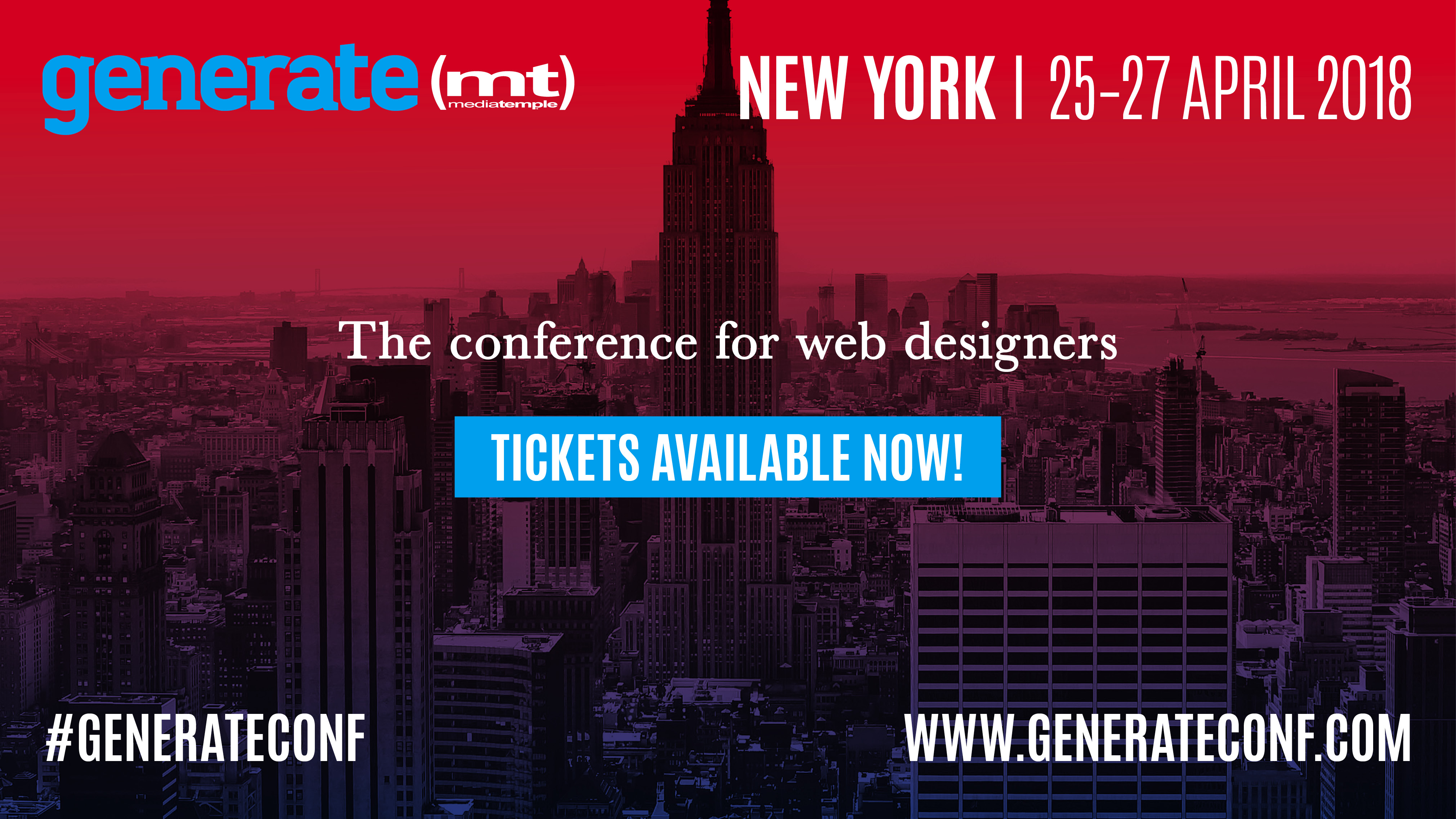
Web design event Generate New York returns on 25-27 April 2018, offering a packed schedule of industry-leading speakers, a full day of workshops and valuable networking opportunities – don’t miss it. Get your Generate ticket now.
This article was originally published in net, the world's best-selling magazine for web designers and developers. Buy issue 303 or subscribe.
Read more:

Thank you for reading 5 articles this month* Join now for unlimited access
Enjoy your first month for just £1 / $1 / €1
*Read 5 free articles per month without a subscription

Join now for unlimited access
Try first month for just £1 / $1 / €1
Get the Creative Bloq Newsletter
Daily design news, reviews, how-tos and more, as picked by the editors.

Ruth spent a couple of years as Deputy Editor of Creative Bloq, and has also either worked on or written for almost all of the site's former and current design print titles, from Computer Arts to ImagineFX. She now spends her days reviewing small appliances as the Homes Editor at TechRadar, but still occasionally writes about design on a freelance basis in her spare time.
